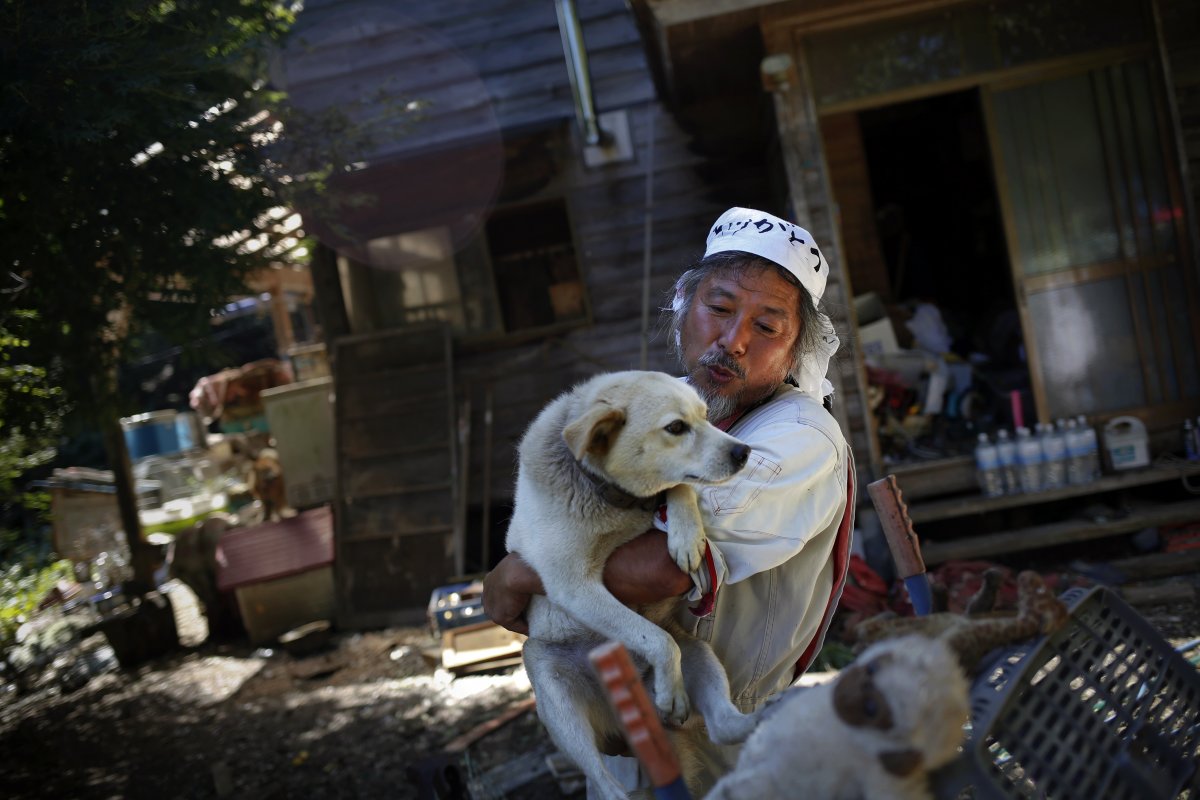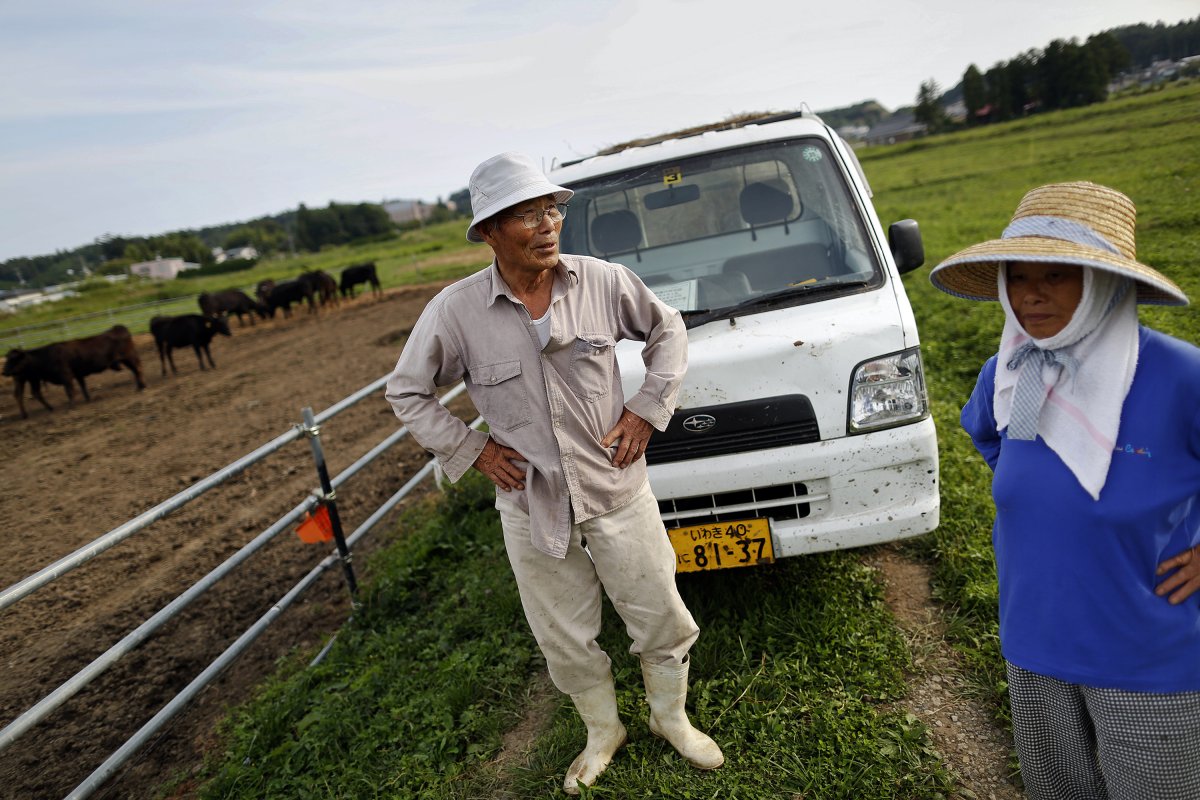Japan is a country familiar with earthquakes. The nation has developed and adapted to cope with one of Mother Nature’s most dangerous disasters to minimize its losses. But the effects of the tsunami induced by the 9 magnitude earthquake on March 11th, 2011 were unprecedented, even for the Japanese.
The tsunami disabled generators which drove cooling water into the core reactors and the resulting meltdown caused the release of a tremendous amount of radioactive material into the surrounding area. The incident was rated as a Level-7 on the International Nuclear Event Scale. The scale rates from 0 to 7 based on the severity of the consequences caused by the incident. The Fukushima incident is the worst Nuclear incident since Chernobyl (which was also rated a 7 on the INES). Homes within a 20 km radius of the power plant were evacuated and the towns remain desolate to this day. The animals and crops from the region also remain unfit for human consumption. This, however, does not stop the residents of the area from visiting their homes and taking care of the livestock and other animals.
With the darkness of the past two years, the future for Fukushima Prefecture is not all that grim. The government has started projects to dismantle and remove the reactors from the wasted power plant. On the other end, Japanese fast food chain Yoshinoya, plans to harvest ingredients for its dishes in the area (rice and vegetables); while fish caught offshore from Fukushima is being sold in the Japanese fish market since September of this year. Check out some of the photos of this disaster:
News report from the day of the earthquake (11th March, 2011)
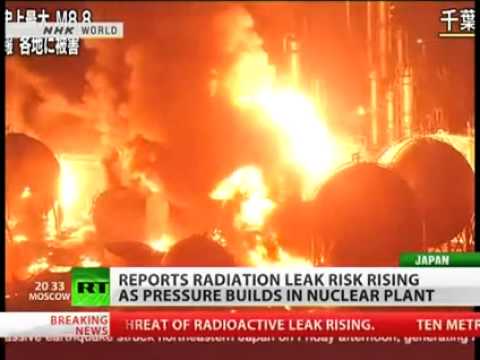
One of the most alarming effects of the meltdown have been reported recently. The radioactive groundwater from the area has been flowing into the sea by the tonne. This was reported by Tokyo Electric Power in July 2013.
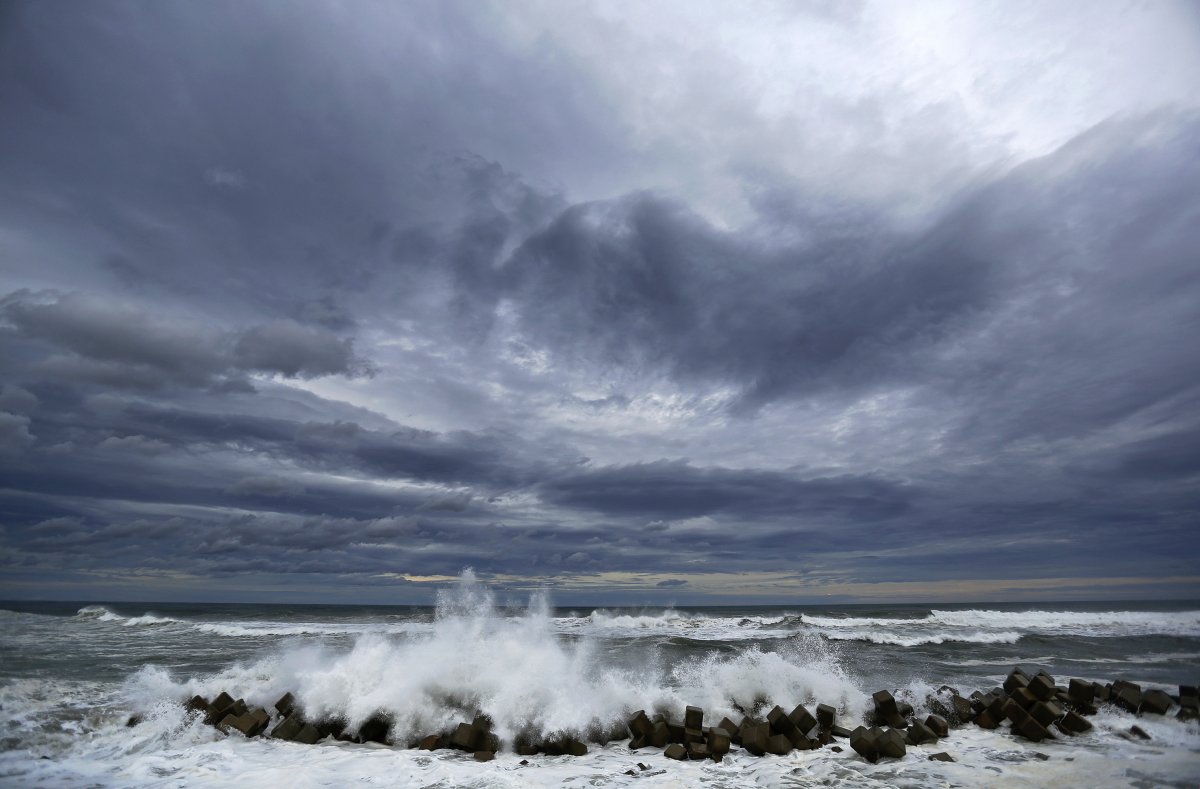
A barrier installed by the government to prevent people from entering the plant extremely radioactive plant site.
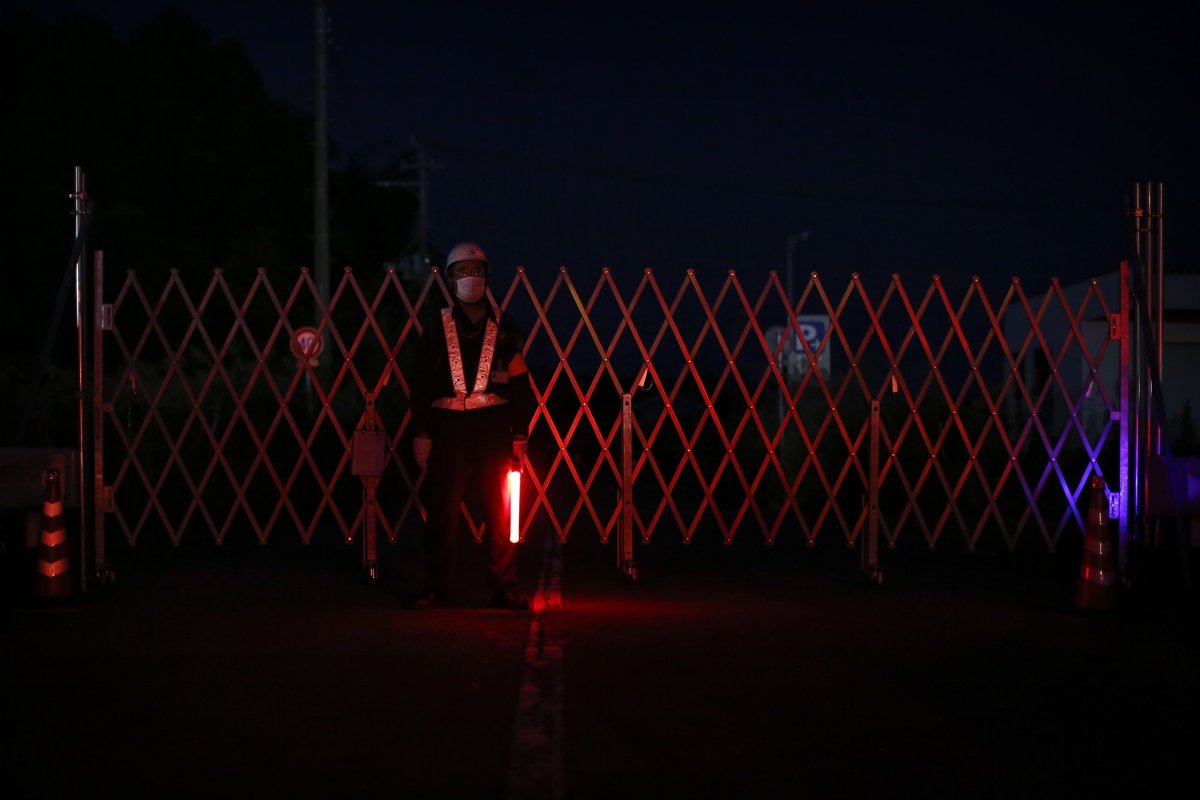
An abandoned farm at the edge of the restricted area from which people were evacuated.
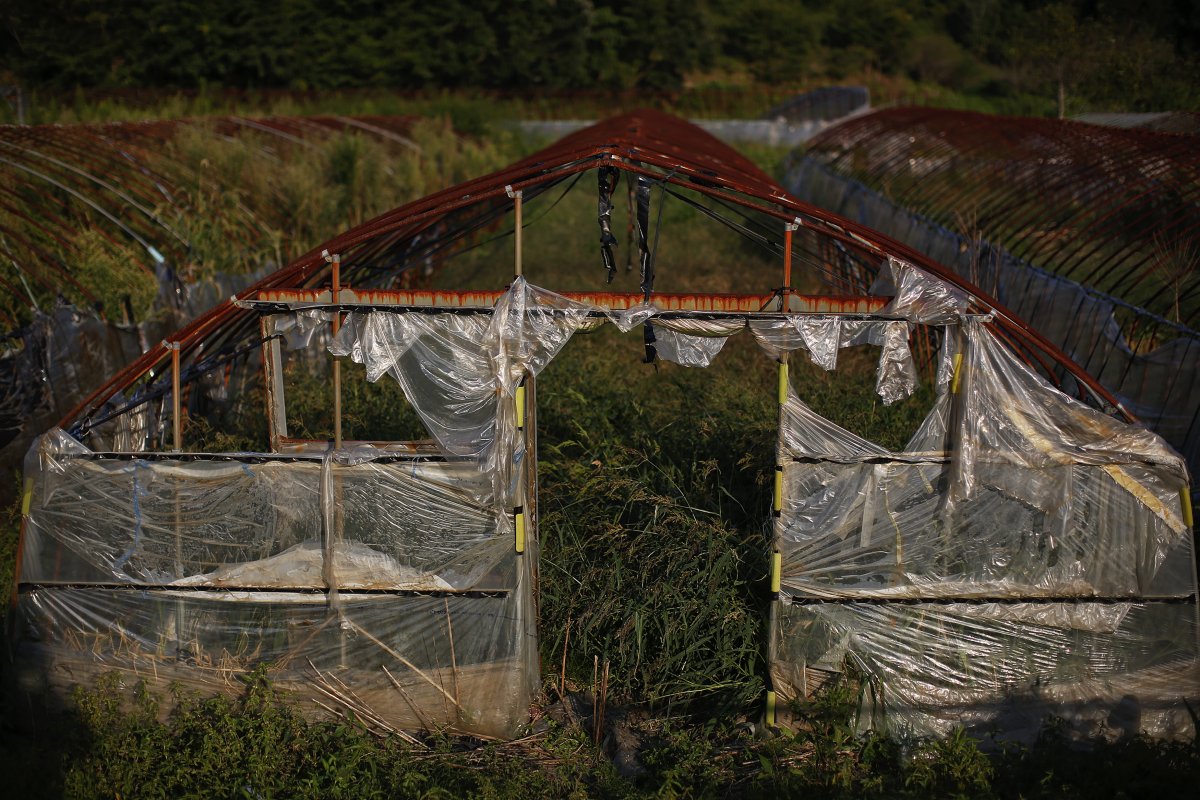
Newspapers reporting the devastating earthquake at an abandoned newsstand.
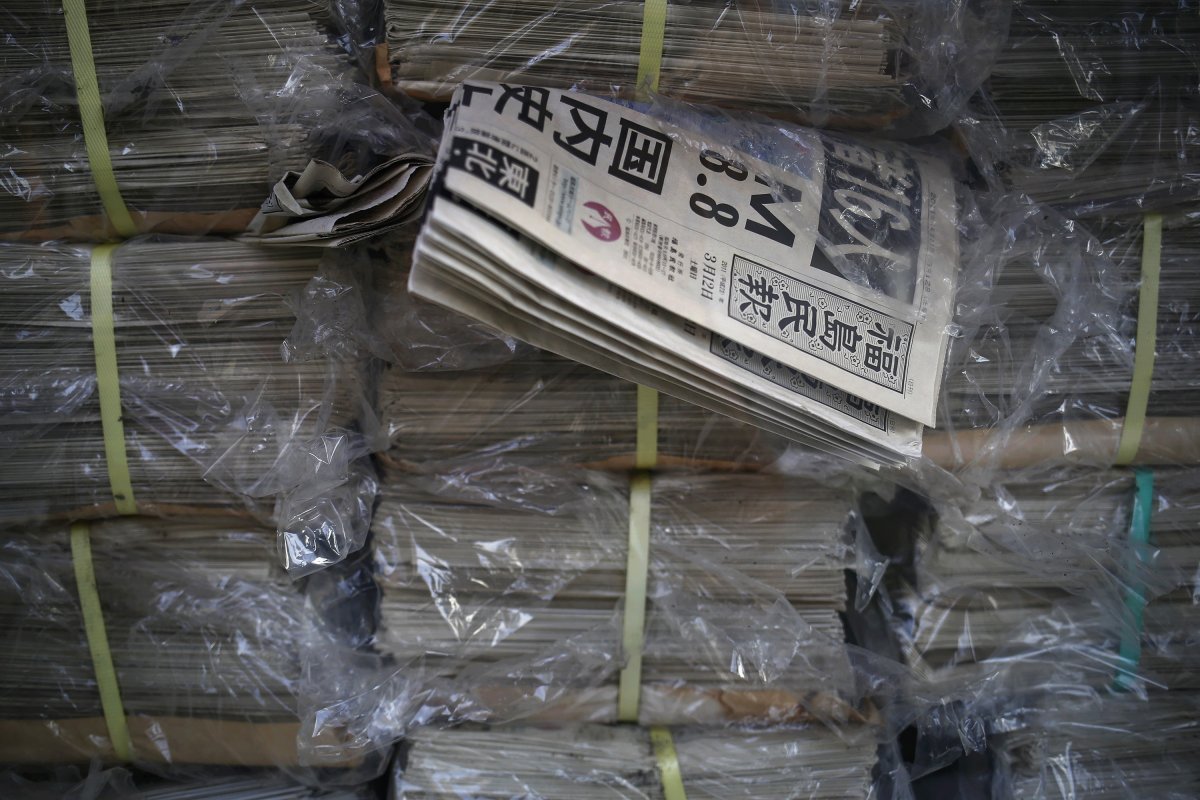
People wearing face masks in the cemeteries of one of the affected cities.
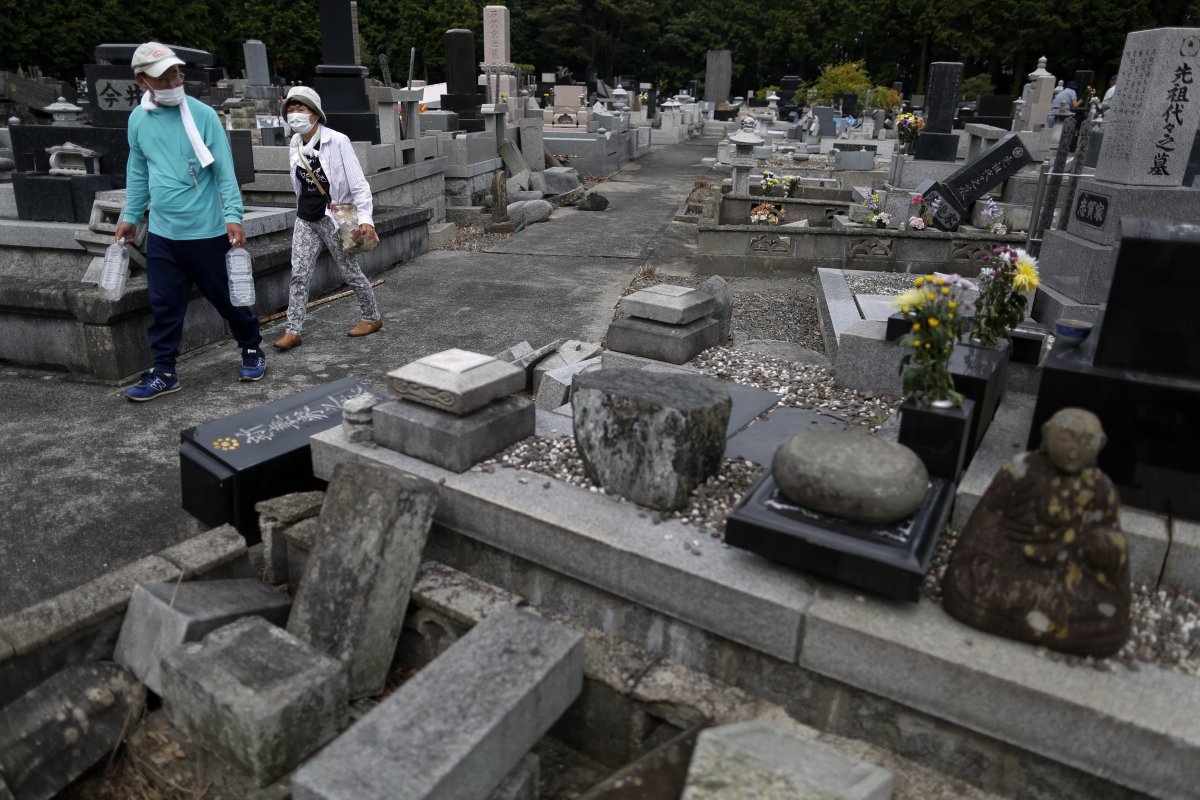
A small tribute to those who lost their lives due to the tsunami.
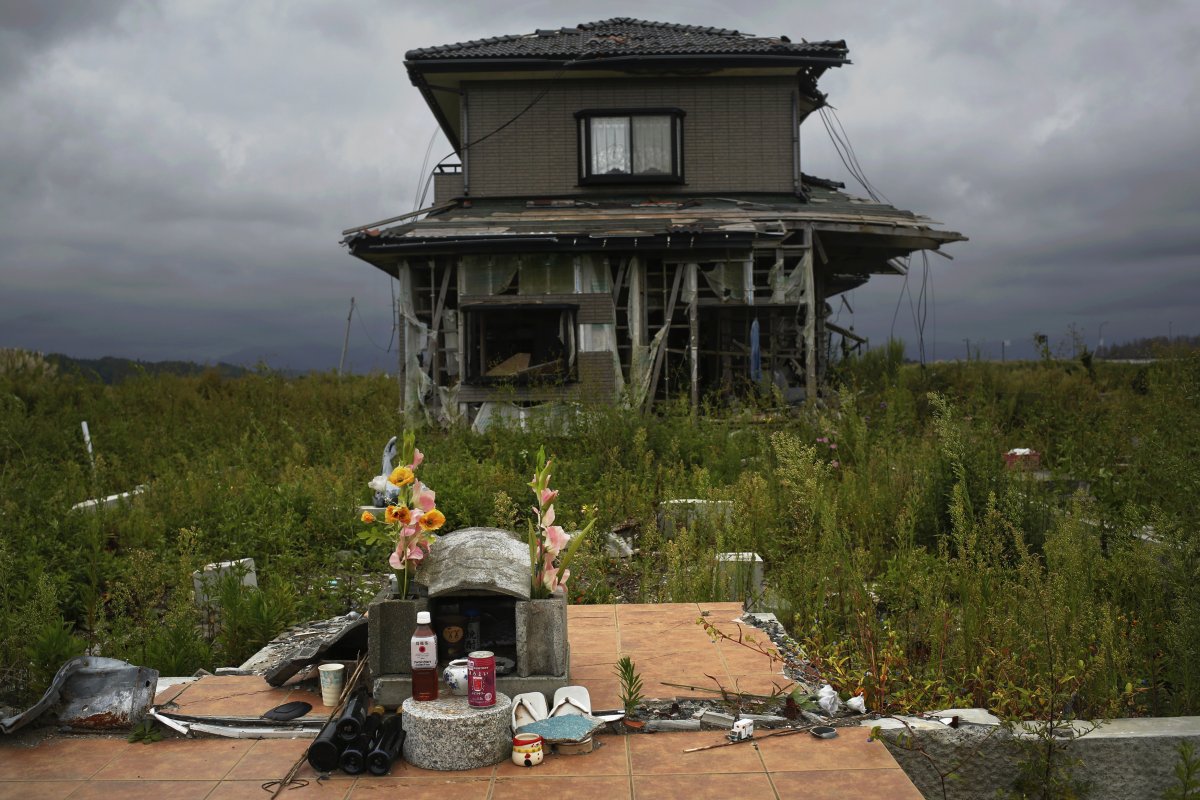
Exposure to the radiation may increase the chances of thyroid cancer in children. Free examinations are being offered to those evacuated from the radiated areas.
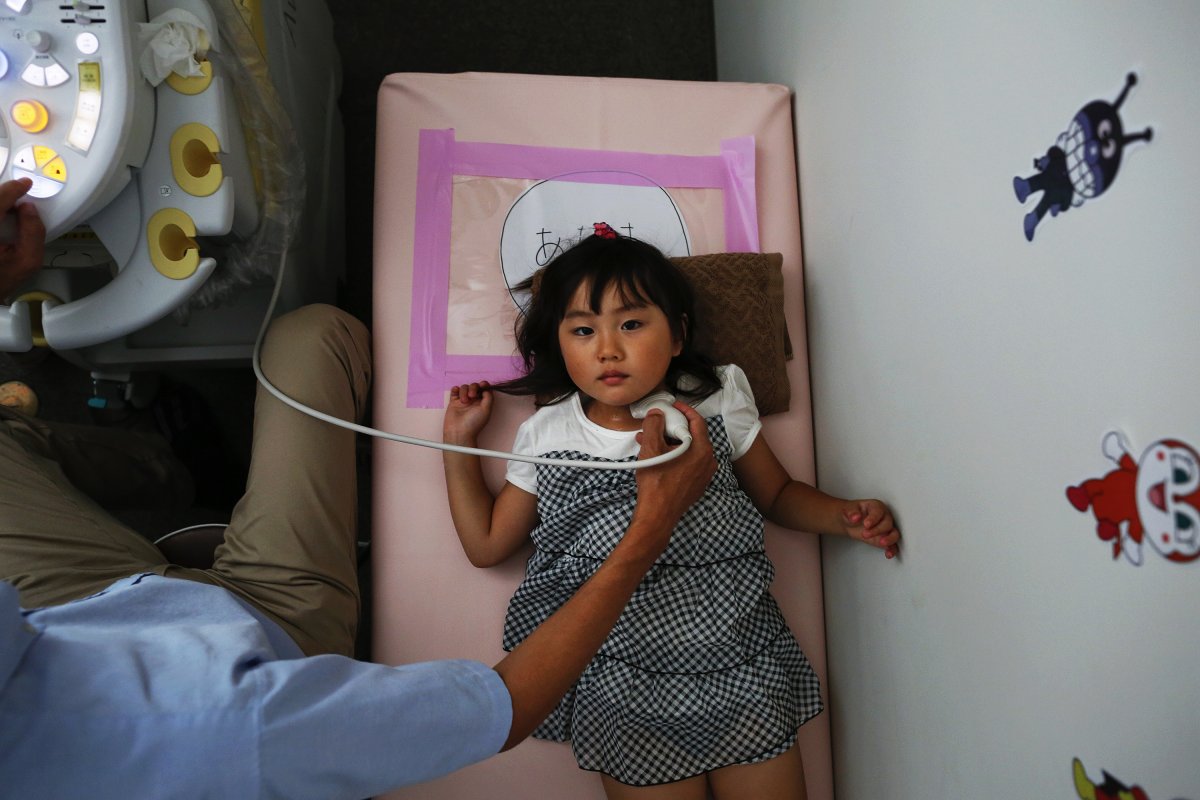
Cleanup of the radiation waste material has been ongoing for the past two years but has proved unsuccessful since the material has been collected but lies, piled up, in the affected area. This is due to the refusal of local communities to dispose of the waste near their homes, meaning the time and money spent on the cleanup attempts has seemingly gone to waste.
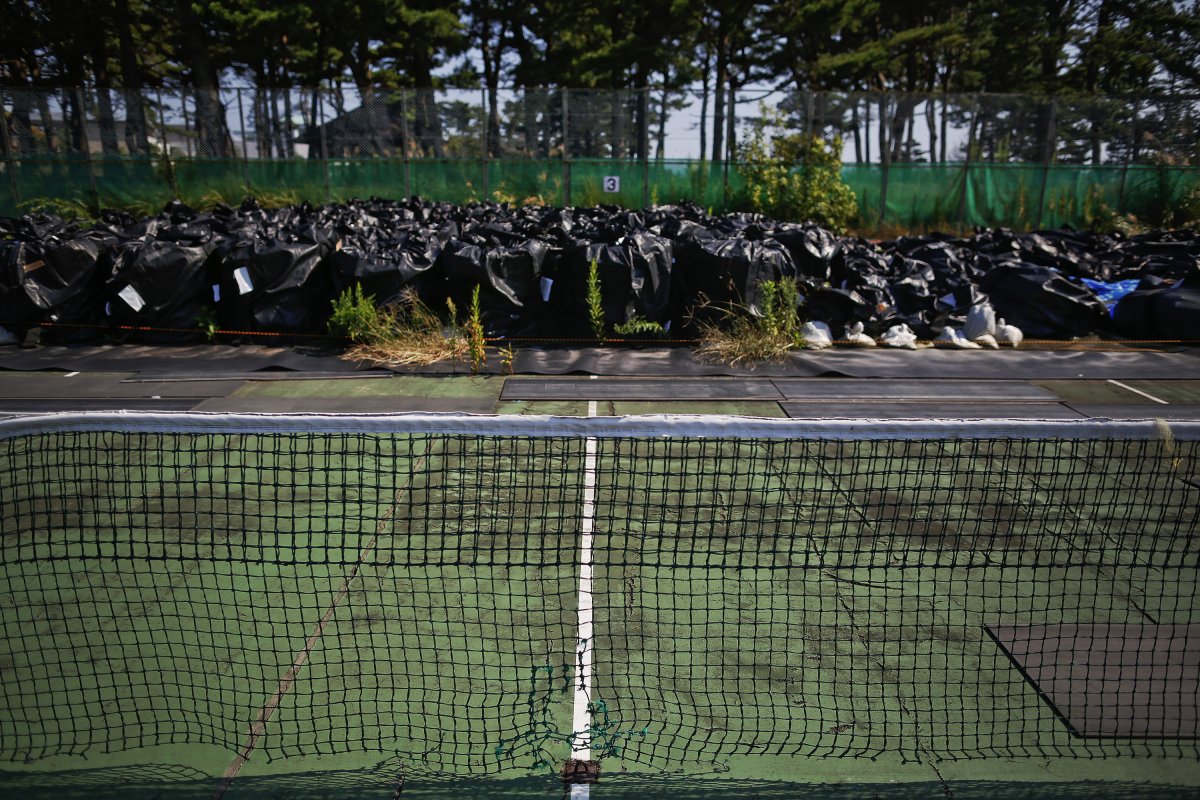
The animals and crops from the region remain unfit for human consumption to this day. This, however, does not stop the residents of the area from visiting their homes and taking care of the livestock and other animals.
